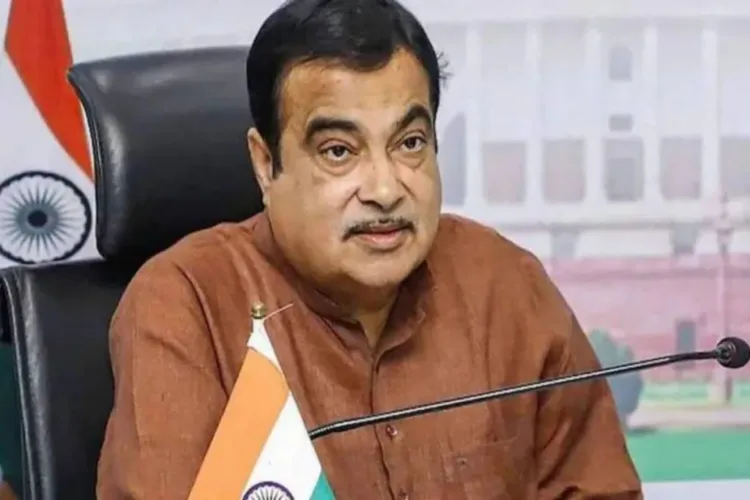In a major infrastructural boost for Bareilly, Union Minister for Road Transport and Highways, Nitin Gadkari, has announced the approval of a 30-kilometre-long southern bypass aimed at decongesting the city and enhancing commuting efficiency. The project is estimated to cost Rs 2,100 crore and is set to transform road connectivity in the region.
Sharing the announcement on social media platform X, Gadkari detailed that the southern bypass will start near Jhumka Chauraha in Dhantia village along National Highway (NH)-530 and culminate near Invertis University with a Trumpet interchange on NH-30.
“This project involves the construction of a four-lane divided carriageway with six-lane structures. It will bypass Bareilly city, offering a seamless connection between NH-24 (Moradabad-Bareilly) and NH-530B (Budaun-Bareilly). The inclusion of grade separators on this route will ensure a smooth and safe flow of traffic, significantly reducing congestion and enhancing road safety,” Gadkari stated in his post.
The southern bypass is expected to provide substantial relief to Bareilly residents and neighbouring districts, which have long struggled with persistent traffic jams.
Aonla MP and Samajwadi Party leader Neeraj Maurya emphasised its regional importance, saying, “This is a huge relief for not only the residents of Bareilly but also those in adjoining districts. A ring road has been a dire need to address the city’s chronic traffic issues.”
Chhatarpal Gangwar, BJP MP from Bareilly, highlighted the broader benefits of the project. “The bypass will be a game-changer for travelers between Delhi and Lucknow. By bypassing the city, it will not only ease travel but also accelerate development in Bareilly and its surrounding areas,” he said.
With the construction of the southern bypass, Bareilly is poised to witness improved connectivity and economic development. By alleviating traffic bottlenecks and ensuring faster travel between major routes, the project aligns with the government’s mission to upgrade national highways and regional infrastructure.




















Comments